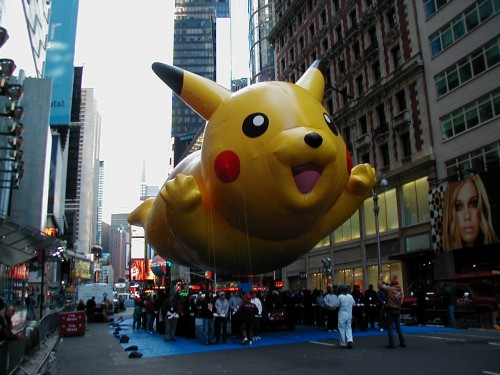This is one of our favorite Christmas-themed posts from the archive. We hope you don’t mind the re-post!
Stressing remarkable differences between the two, Rachel and Lucy sent in the music videos for the original Mariah Carey version of “All I Want for Christmas is You” (1994) and the re-make (2011). They suggested that the comparison reveals two trends: the rising emphasis placed on consumption and the new hyper-sexualization. I figured, “yeah, I’ll bet they’re onto something there.” And boy were they.
The first video involves Mariah mostly bounding around in the snow in a snow suit. Often acting pretty darn goofy, with dogs and Santa.



She spends part of the video inside with kids, a Christmas tree, presents, and more animals. She’s usually wearing a sweater.


She spends less than (I’m guessing) 10 seconds of the video in a sexy Mrs. Claus outfit and, when she’s wearing it, it looks like she’s got long johns on her legs.

The new video, featuring Justin Bieber, is wildly different. Instead of a snowy field or an intimate home, the video takes place in a shopping mall. It centrally features a Nintendo product.



Likewise, instead of bounding around in the snow like a goof, she spends the entire video up against a wall in super high heels and the sexy Mrs. Claus outfit (except this one doesn’t have sleeves or a midriff).

At one point she runs her hand down her body, touching her breast and moving down to her crotch; at another she just leans against the wall with her back to us and swings her butt back and forth.


So there’s one data point, for what it’s worth, but in line with emerging research on and plenty of anecdotal evidence of the “pornification” of American culture.
“All I Want for Christmas is You” (1994):
“All I Want for Christmas is You” (2011):
Lisa Wade, PhD is an Associate Professor at Tulane University. She is the author of American Hookup, a book about college sexual culture; a textbook about gender; and a forthcoming introductory text: Terrible Magnificent Sociology. You can follow her on Twitter and Instagram.












